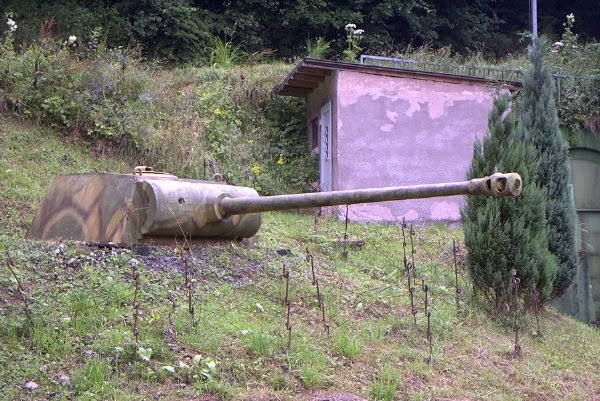The Boxer Rebellion and the Great Game in China by David J. Silbey
Review
This is a military history of the Boxer Rebellion in China and how the close the Boxers initially came to winning against the foreign forces in China in 1900. Their mission was to exterminate all foreigners in China and though their cause ended quickly, they inspired Chinese nationalism for years to come including Mao Zedong.Interesting Facts
The Boxers were a bottom up phenomenon. No one controlled them from the top, so by sending a few people from village to village, town to town and city to city to train people, the movement grew incredibly fast.Boxers was a Western label from "Righteous Fists of Harmony."
The foreign forces involved in relieving the foreign delegations in Beijing were the British, American, French, German, Japanese, Russian, Italian, and Austrian.




